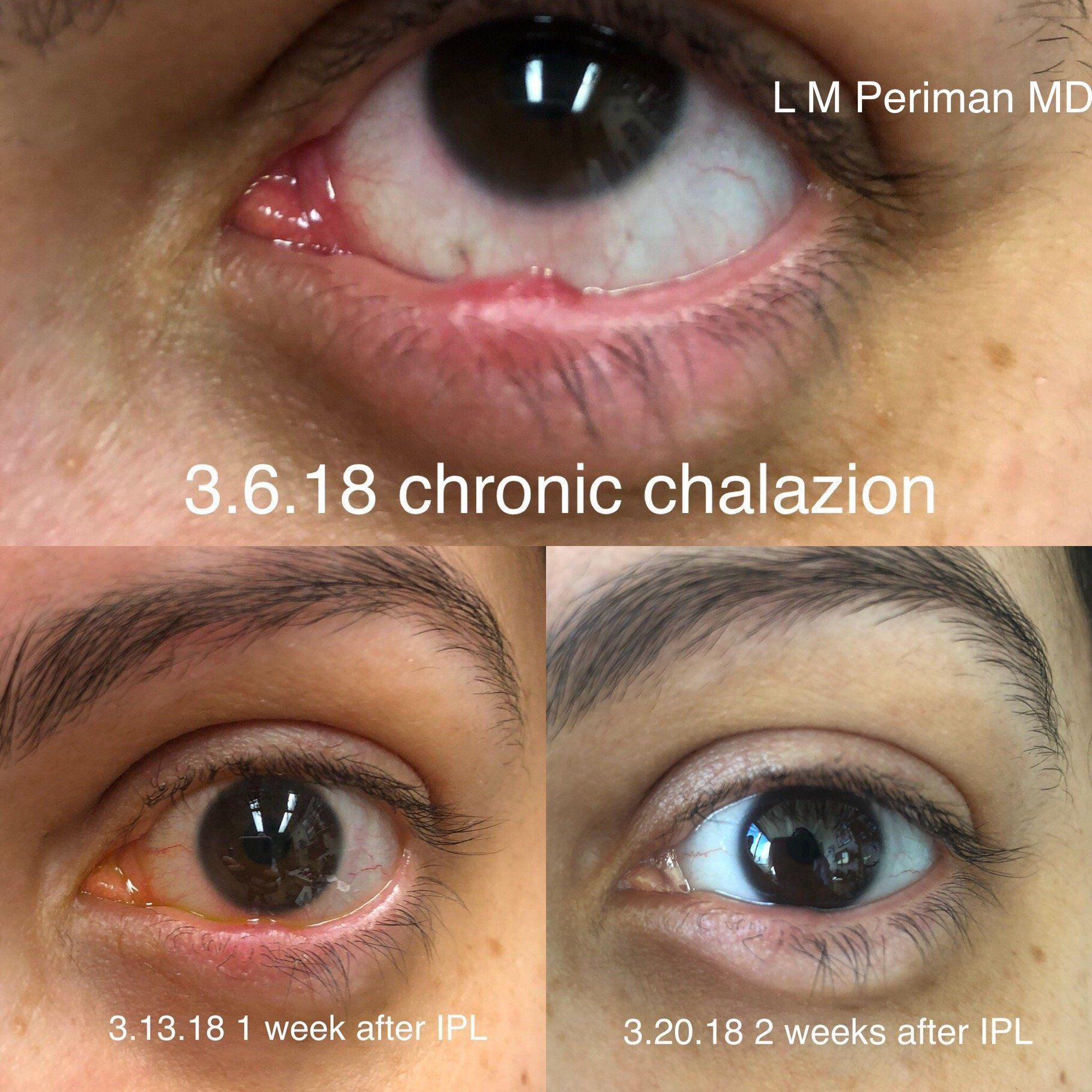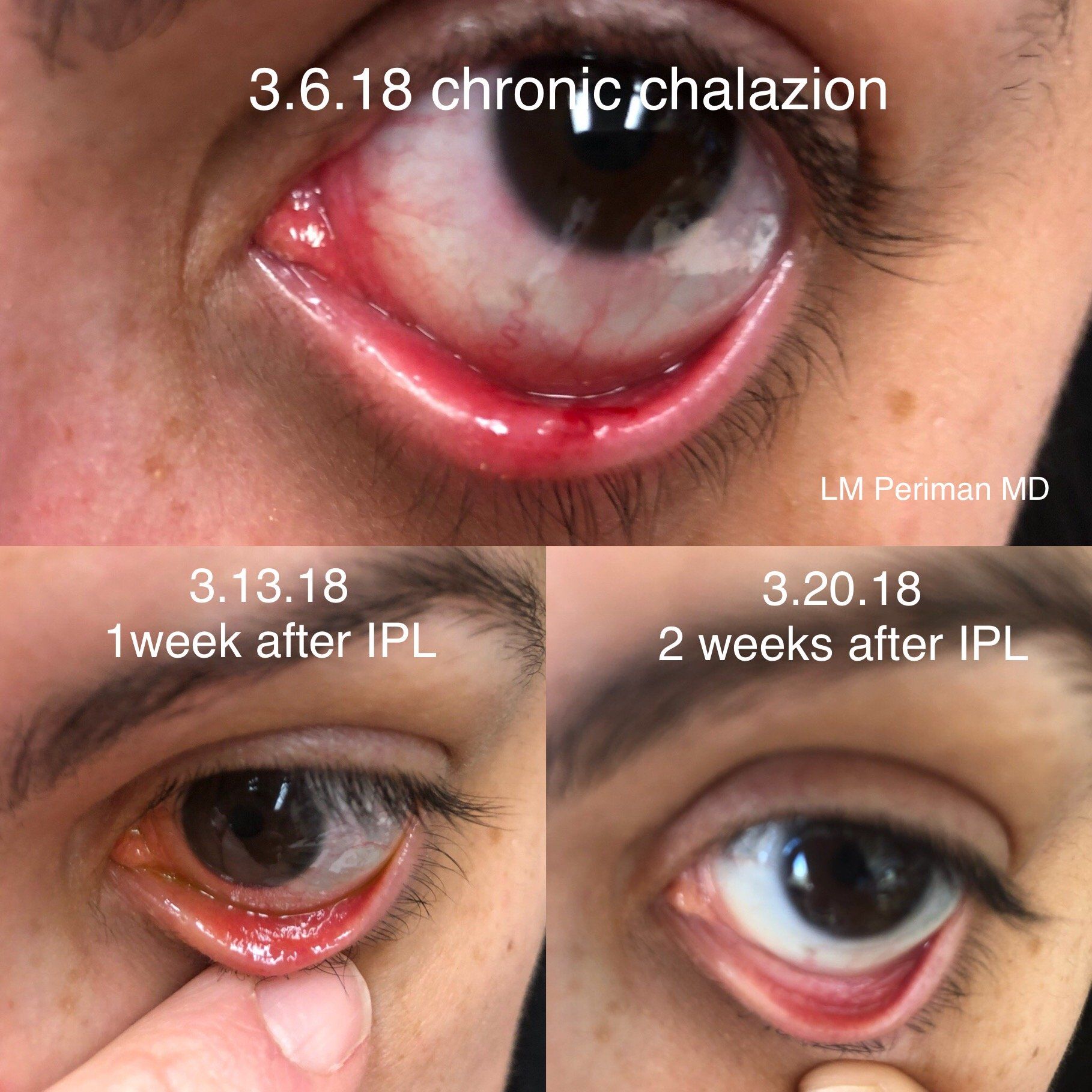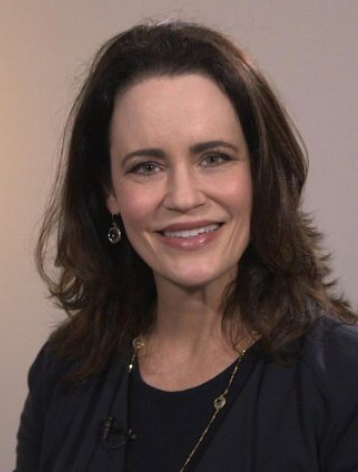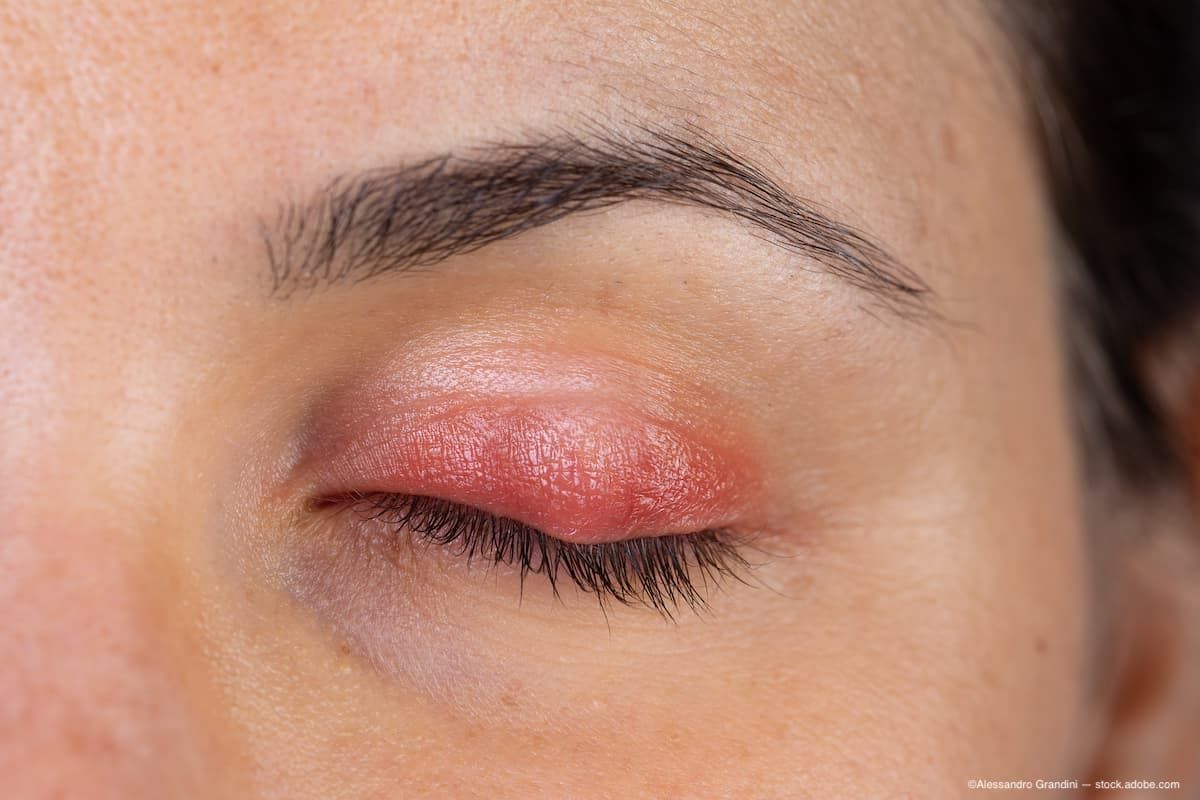Article
Treating chalazion with IPL therapy
Author(s):
IPL’s mechanism of action a useful tool in treating underlying causes of chalazia, according to Laura M. Periman, MD.
Before IPL therapy (images courtesy of Laura M. Periman, MD)

Before IPL therapy (images courtesy of Laura M. Periman, MD)

Editor’s Note: Welcome to “Let's Chat,” a blog series featuring contributions from members of the ophthalmic community. These blogs are an opportunity for ophthalmic bloggers to engage with readers with about a topic that is top of mind, whether it is practice management, experiences with patients, the industry, medicine in general, or healthcare reform. The series continues with this blog by Laura M. Periman, MD. The views expressed in these blogs are those of their respective contributors and do not represent the views of Ophthalmology Times or MultiMedia Healthcare, LLC.
Chalazion, that telltale “red bump” on the eyelid indicating an inflammatory lesion on a meibomain gland, is a fairly common sight in our practices.
Traditionally, we’ve sent patients home with warm compresses and a topical steroid/antibiotic drop or ointment. When these conservative measures fail, the lesions may require incision and drainage or an injection of triamcinolone acetonide (Kenalog, Bristol-Myers Squibb). In my clinic, we’re always looking for new things to offer our patients, so we’ve explored another treatment option with marked success: intense pulsed light (IPL) therapy.
IPL is indicated for benign inflammatory skin lesions. It is quite logical within that indication to treat inflammatory lesions on the skin of the eyelid with IPL technology and appropriate ocular protection in place.
There is a natural marriage between IPL’s mechanisms of action and the underlying causes of chalazia. IPL has demodicidal, anti-inflammatory, and anti-microbial, anti-telangiectatic properties, all of which address the inflammatory nature of chalazia. In addition, IPL features photobiomodulation, a process that stimulates cell mitochondria, promoting healthy cell function.
Using sixth-generation IPL technologies (Optima IPL with the OPT technology, Lumenis), coupled with a laser-grade corneal shield, my clinic has seen excellent success with IPL therapy for both acute and chronic chalazia.
RELATED: (PODCAST) Episode 8: It's time to add IPL therapy to your toolboxThe procedure requires using the IPL system’s smallest tip (8X15 mm2) for precise treatment of the eyelids and the small chalazion lesion. The treatment quickly addresses the burden of bacteria and demodex on the inflamed eyelid and the surrounding tissues, and the inflammatory and vascular components are diminished.
With IPL, we’ve also had success in resolving chronic chalazia (typically resolves in 2 weeks) that persisted despite previous incision and drainage procedures, home care, and medications.
Our patients really like that we offer a treatment option without drugs, drops, injection, or incision. They appreciate the reduced home care burden as well. (Warm compresses and BID are marginally effective and represent a significant compliance challenge for patients.)
We often see people who have an upcoming job interview or vacation, and they want help fast. For vacationers, clinicians want to avoid wound exposure during swimming and other activities. IPL is fast, effective, and incision-free, so there is no conjunctival scar or disruption in the normal meibomian gland and tarsal plate architecture.
One IPL treatment is usually enough for acute chalazia, and our patients tell us that acute chalazia are gone in 3 to 5 days. It’s hard to make the problem disappear that quickly with other modalities.
Patients appreciate several aspects to IPL for chalazia: the incision-free, injection-free, and medication-free approach; the speed, comfort, and completeness of IPL therapy; the effectiveness in addressing underlying comorbidities that contributed to the chalazion in the first place; and the potential to reduce the incidence of future chalazia.
My patients with a history of frequent chalazia report back that the frequency is greatly diminished.
RELATED: (VIDEO) Intense pulsed light therapy for the treatment of chalazia
Disclosures:

Laura M. Periman, MD
E: lauraperiman@yahoo.com
Laura M. Periman, MD, Ocular Surface Disease Expert and Director of Dry Eye Services and Clinical Research at Evergreen Eye Center in Seattle, WA. She discloses a relationship with Allergan, Bruder, BioTissue, Eyedetec, Lumenis, Science Based Health, Shire, Sun, TearLab and Visant.
Newsletter
Don’t miss out—get Ophthalmology Times updates on the latest clinical advancements and expert interviews, straight to your inbox.





